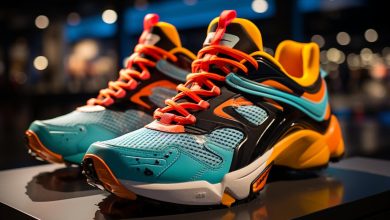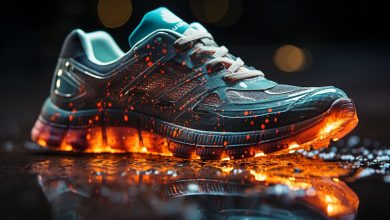Choosing the Right Shoe for Different Running Surfaces
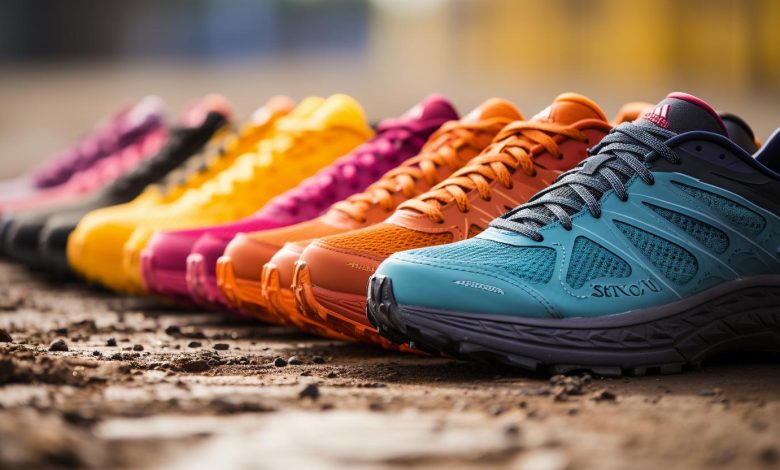
Are you tired of experiencing discomfort and potential injuries during your runs? Do you want to maximize your performance by choosing the right shoe for each running surface? Look no further!
In this article, we will guide you through the process of selecting the perfect running shoes. From pavement and concrete to trails and treadmill workouts, we will provide you with valuable information on factors to consider and the best shoe options available.
Get ready to elevate your running game!
The Importance of Choosing the Right Shoe
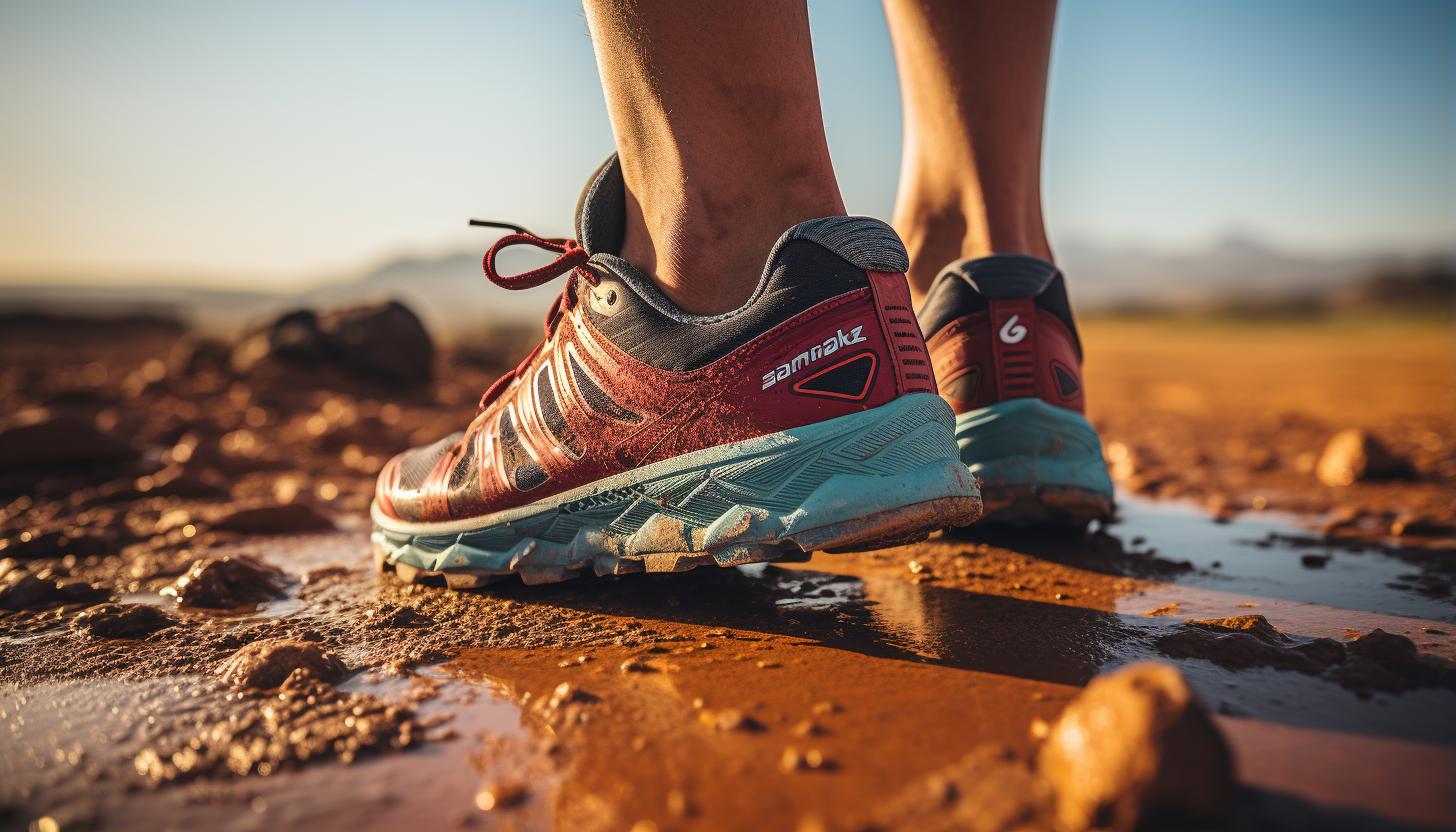
Choosing the right shoe is crucial for ensuring comfort and preventing injuries while running on different surfaces. The impact of shoe selection on running performance cannot be underestimated. The type of shoe you choose can greatly affect your running experience and ultimately determine whether you reach your full potential as a runner.
One common mistake to avoid when choosing running shoes is selecting a pair based solely on looks or brand popularity. It’s important to prioritize function over style, as the right shoe will provide the necessary support and cushioning for your specific foot type and running style.
Another mistake is not considering the terrain you will be running on. Different surfaces require different types of shoes. For example, if you primarily run on trails, it’s essential to invest in trail-specific shoes that offer increased traction and stability.
Additionally, neglecting proper sizing and fit can lead to discomfort and even injury. Make sure to measure your feet regularly, as foot size can change over time. When trying on shoes, ensure there is enough room in the toe box for natural movement and that the heel doesn’t slip.
Factors to Consider When Selecting Running Shoes
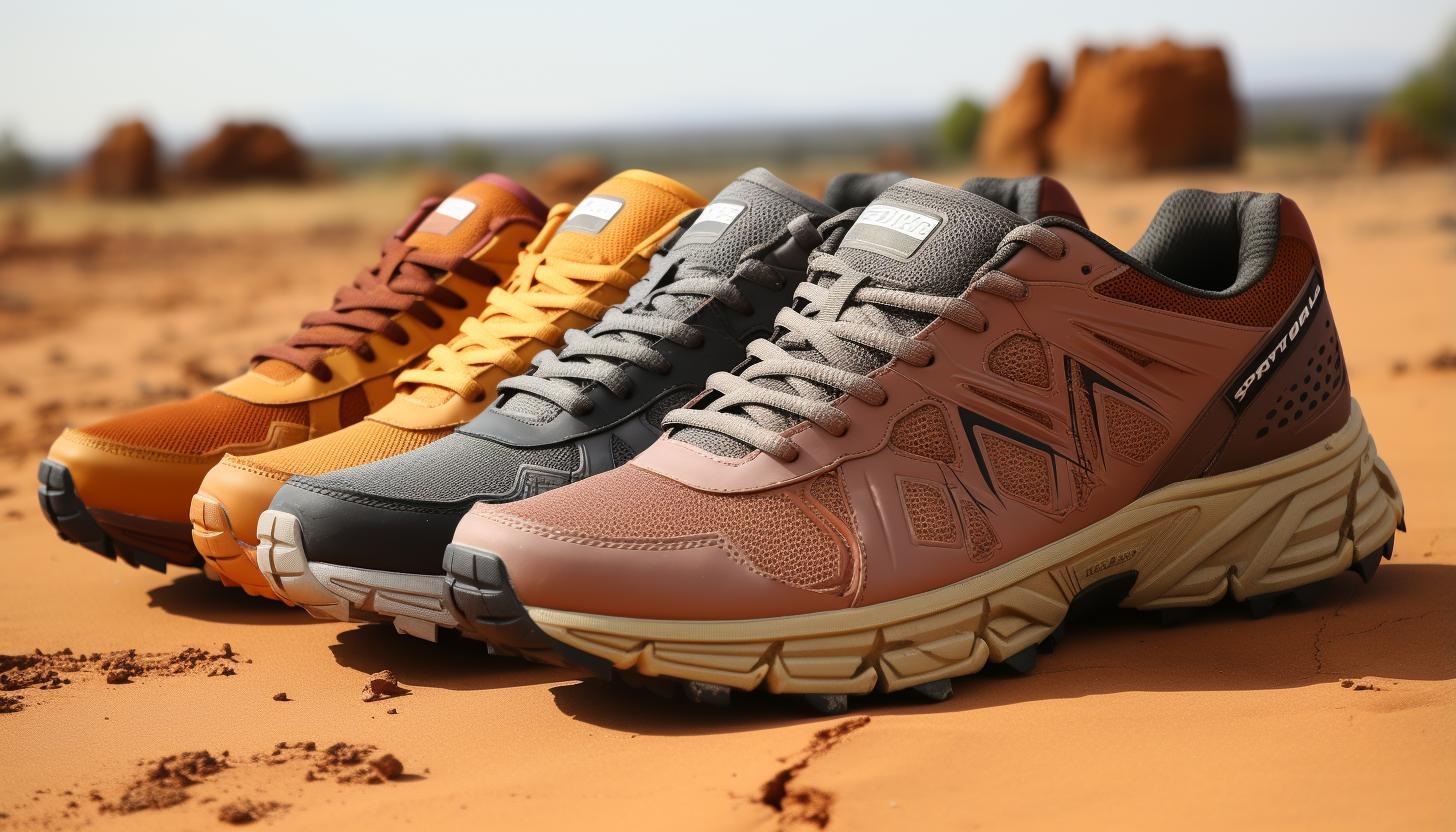
When picking out your running shoes, it’s important to consider factors like comfort, support, and durability. These are crucial elements in ensuring a pleasant and injury-free running experience.
One of the first factors to consider is your foot type. Are you flat-footed, have high arches, or do you fall somewhere in between? Knowing this will help determine the level of cushioning and arch support you need.
Additionally, think about the terrain you’ll be running on. Will it be mostly pavement or trails? Different surfaces require different types of shoes for optimal performance and protection.
Another factor to consider is the shoe size. It’s essential that your running shoes fit properly without being too tight or too loose. Ill-fitting shoes can lead to blisters, discomfort, and even injuries. Also, pay attention to the width of the shoe as some individuals may require a wider toe box for added comfort.
The weight of the shoe is another important consideration. Lighter shoes tend to be more responsive and suitable for faster-paced runs, while heavier ones provide additional stability and support for longer distances.
Finally, don’t forget to assess the durability of the shoe material and construction. Running is a repetitive motion that puts stress on your footwear over time; therefore, selecting a durable pair will ensure they last longer.
Considering these factors when going through the shoe selection process will greatly enhance your overall running experience by providing maximum comfort, support based on your specific needs while maintaining durability for long-lasting use.
Best Shoes for Running on Pavement and Concrete
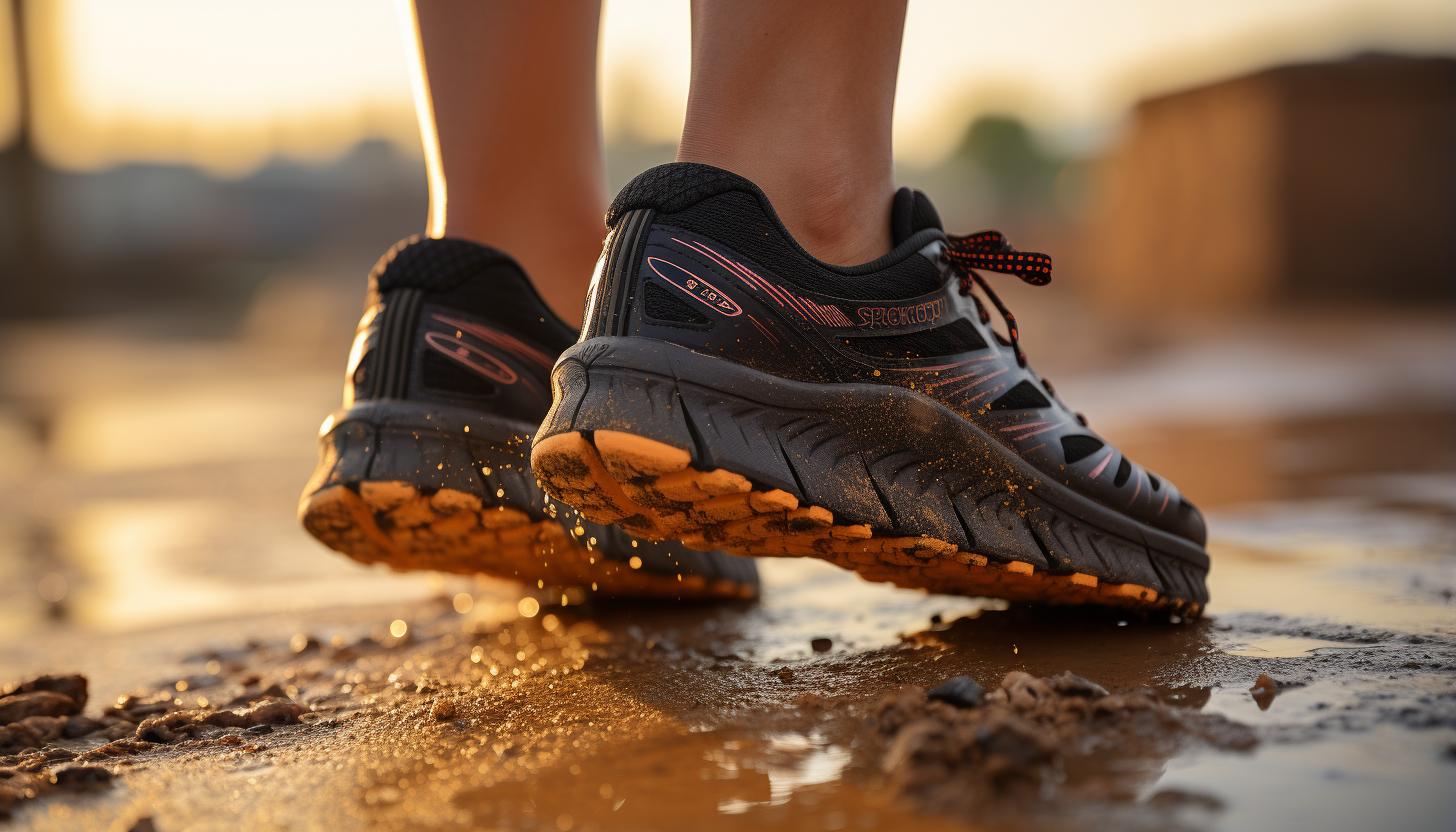
If you’re planning to run on pavement or concrete, it’s important to find shoes that provide optimal performance and protection for these types of surfaces. While some runners prefer the barefoot approach for a more natural feel, running without shoes on hard surfaces like pavement and concrete can lead to discomfort and potential injuries. However, there are benefits to barefoot running on these surfaces when done with proper technique.
When running on pavement or concrete, having the right pair of shoes can make all the difference. Look for shoes that offer ample cushioning to absorb impact and protect your feet from the hard surface. Additionally, choose shoes with a durable outsole that provides good traction to prevent slipping.
Improving your running form is also crucial when tackling hard surfaces. Focus on maintaining an upright posture, engaging your core muscles, and landing softly with each step. This will help reduce the impact forces transmitted through your body and minimize stress on your joints.
Another useful technique is shortening your stride length while increasing your cadence (steps per minute). By taking shorter strides, you’ll have less ground contact time and reduce the impact forces generated when landing.
Top Shoe Options for Trail Running
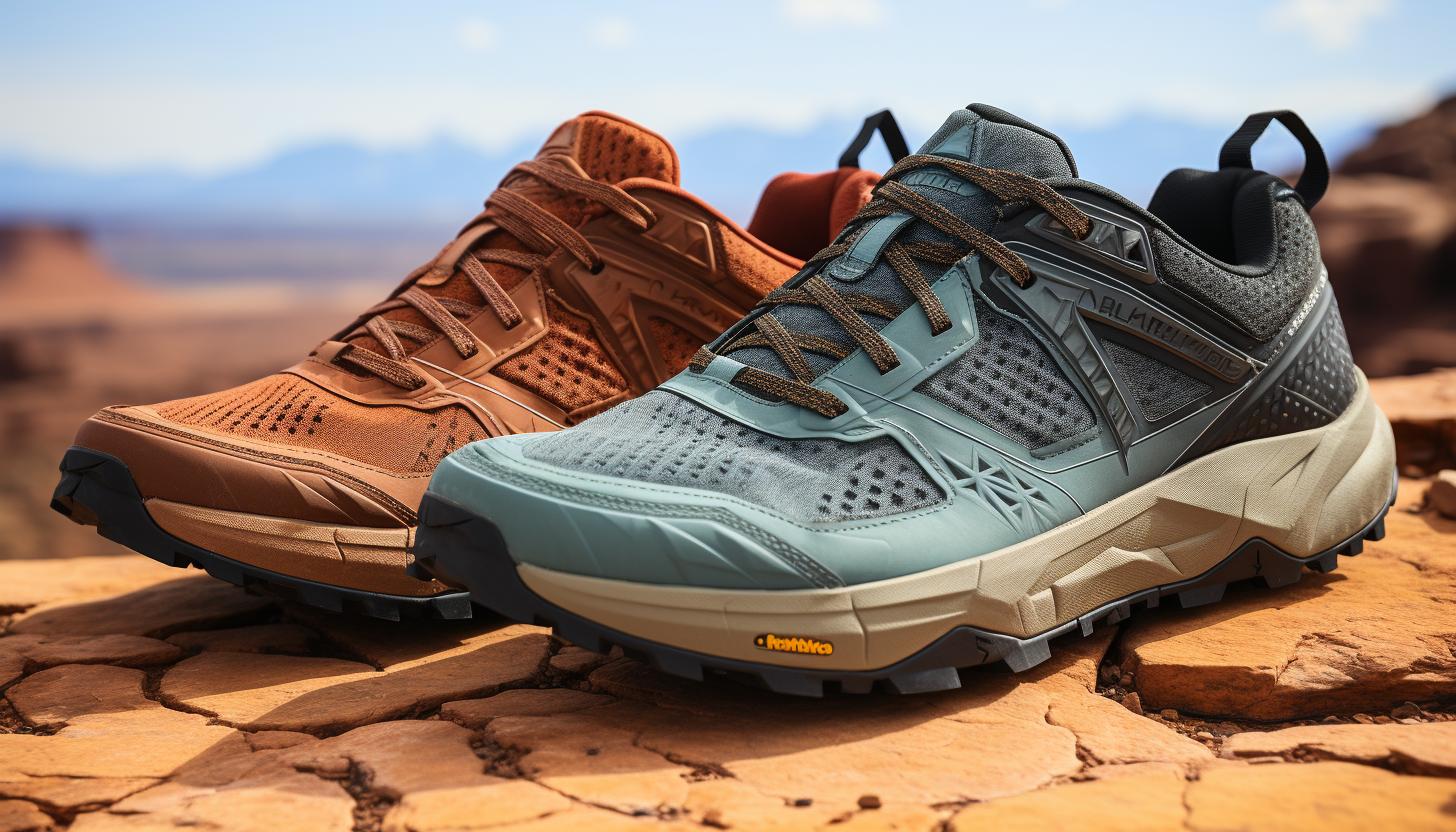
For trail running, it’s essential to find shoes that offer superior traction and stability on uneven terrain. Whether you’re tackling rocky trails or muddy paths, having the right pair of shoes can make all the difference in your performance and comfort. Two important factors to consider when choosing trail running shoes are waterproofing and weight.
Waterproof trail shoes are designed to keep your feet dry in wet conditions. They typically feature a waterproof membrane that prevents water from seeping into the shoe while still allowing for breathability. This is especially important if you frequently run in rainy or snowy environments.
On the other hand, lightweight trail shoes prioritize agility and speed. These shoes are made with lighter materials and have less cushioning compared to their heavier counterparts. While they may not provide as much protection against sharp rocks or roots, they excel in offering a more responsive feel, allowing you to move quickly over technical terrain.
To help guide you in finding the perfect pair of trail running shoes, here’s a comparison table showcasing some popular options:
| Shoe Model | Waterproof | Weight |
|---|---|---|
| A | Yes | Light |
| B | No | Light |
| C | Yes | Heavy |
Remember that everyone’s preferences and needs may vary, so it’s important to try on different models and brands to find what works best for you. Happy trails!
Choosing the Right Shoe for Treadmill Workouts
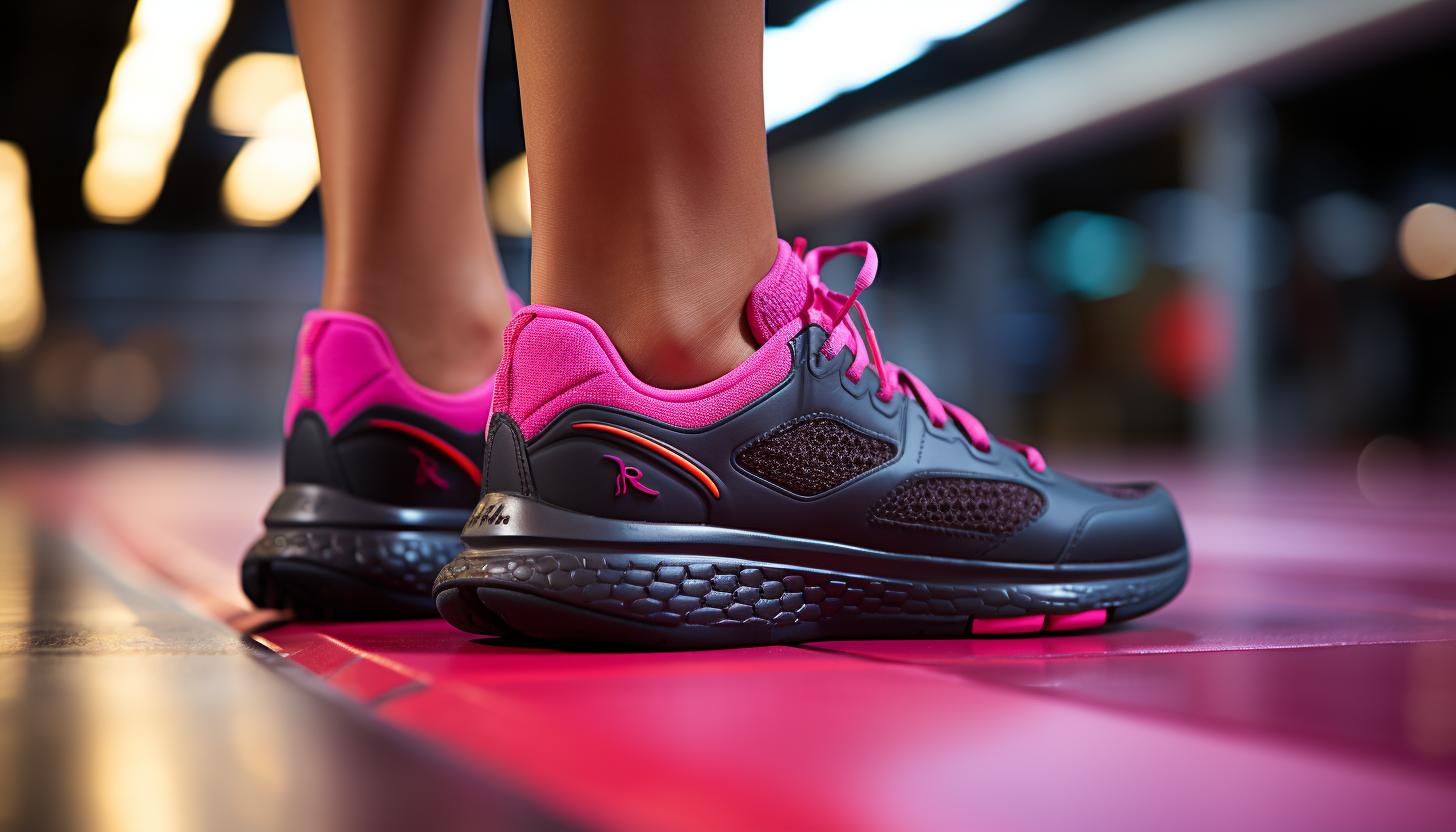
To optimize your treadmill workouts, it’s important to find a shoe that provides adequate cushioning and support. When running indoors on a treadmill, there are specific shoe features you should consider to enhance your performance. Here are three key factors to keep in mind:
– Cushioning: The cushioning of your shoe is crucial for indoor running as it helps absorb shock and reduce impact on your joints. Look for shoes with ample cushioning in the midsole and heel areas to ensure a comfortable and smooth stride.
– Flexibility: Treadmills have a consistent and flat surface, so you don’t need as much flexibility compared to outdoor running. However, having some degree of flexibility in the forefoot area allows for natural movement during propulsion.
– Traction: Although treadmills provide good grip, it’s still essential to have proper traction on the outsole of your shoes. This ensures stability and prevents slipping or sliding when increasing speed or changing direction.
When selecting a shoe for treadmill workouts, prioritize comfort and fit above all else. Consider trying on different brands and models to find the one that suits your foot shape and running style best. Remember, choosing the right shoe can make all the difference in maximizing your performance while minimizing discomfort or risk of injury during indoor runs.
Conclusion
So there you have it, my friend. You now know the importance of choosing the right shoe for different running surfaces.
By considering factors such as cushioning, traction, and support, you can ensure a comfortable and injury-free run.
Whether you’re pounding the pavement or conquering trails, there are plenty of options out there to suit your needs.
And don’t forget about those treadmill workouts – finding a shoe with shock absorption will save your joints from unnecessary strain.
Keep on running, and remember: the right shoe is always worth the investment!


